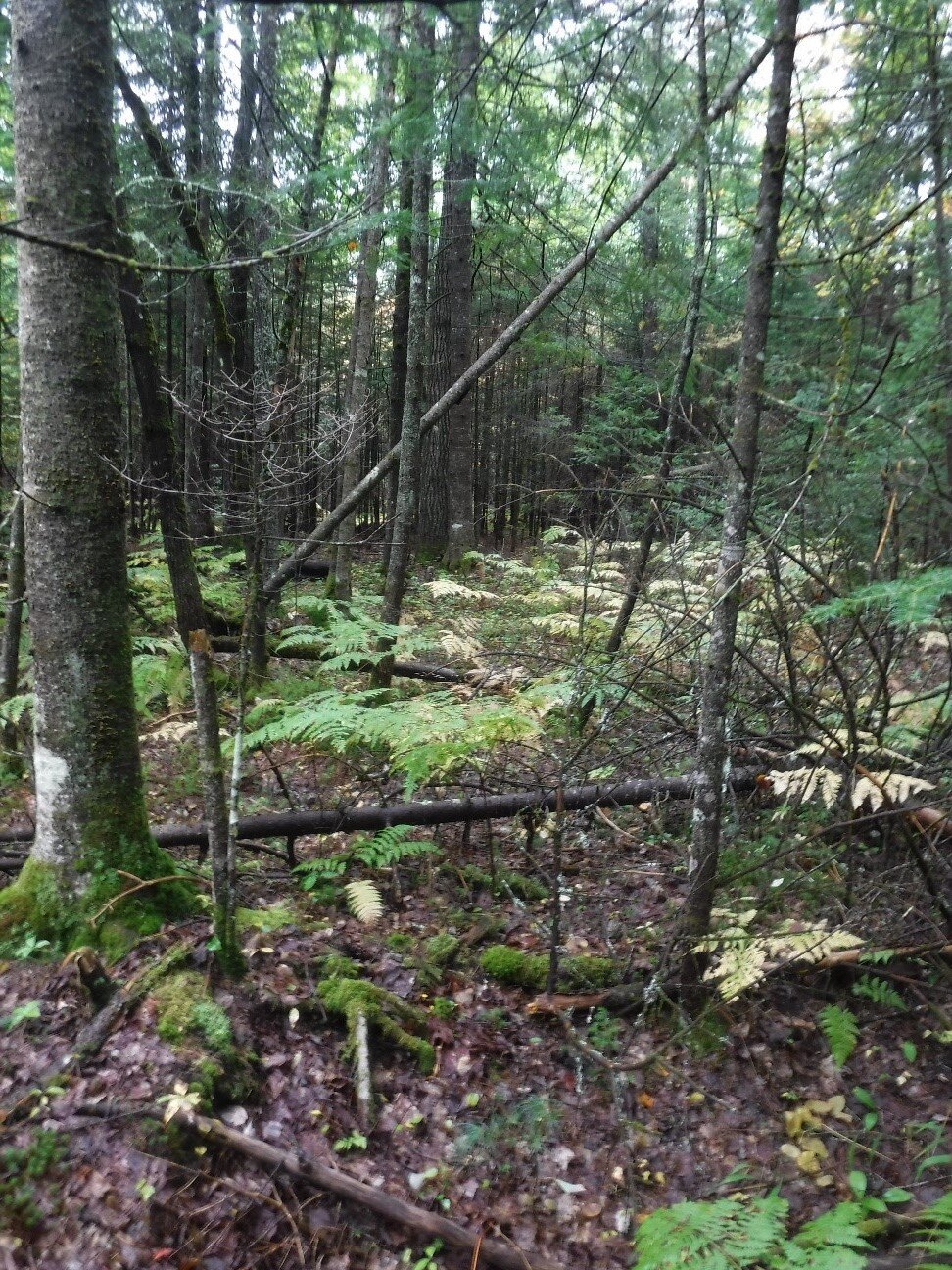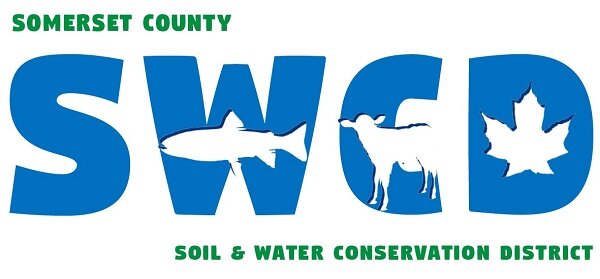By Joe Dembeck, Somerset SWCD Executive Director
Many articles mention the importance of brush piles as habitat for various wildlife species, but we thought it would be useful to show the construction of a recent one in Central Maine to highlight some important features.
First off, regardless of what species you hope uses the brush pile, it will provide habitat for so much more! That “rabbit pile” can and will attract everything from insects, wood frogs, mice, fox, and, in the right location, even a bear.
Some basic principles to keep in mind when building your brush pile:
Select a location that is dry throughout the year. Avoid areas where water pools after spring snowmelt or rain events.
Avoid placing near heavily used woods roads and trails.
Locations such as near streams, wetlands, and field edges are attractive to wildlife.
Be opportunistic, use woody debris that is the result of timber harvest or storm damage.
The void spaces in the base of the pile are what attracts larger animals. All the limbs and branches on top provide shelter from the weather and predators.
Most importantly the pile will continually change as woody debris decomposes, so the pile height will decrease. Adding more woody debris to the pile periodically will extend the brush pile’s life.
The example pictured here is a brush pile that is being constructed as part of a one-acre patch cut. It is sited along the edge of the patch cut. Due to the remote location of the area, all work is being performed by hand.




Fig. 1. The location prior to the start of work
Fig. 2. The brush pile base is laid. 15ft long trees with a diameter of 8-12 inches are placed 12 inches apart. Heavier logs were cut in half to allow them to be dragged into their location by hand.The brush pile base is laid. 15ft long trees with a diameter of 8-12 inches are placed 12 inches apart. Heavier logs were cut in half to allow them to be dragged into their location by hand.
Fig. 3. A deck of 10-foot-long trees spaced 6-8 inches apart are placed perpendicular to the bottom row.
Fig. 4. With the base and deck complete, branches, limbs and tops can be added. The goal is to have a brush pile that is at least 15 feet long, 12 feet wide, and 8 feet tall. Plenty of work to do still!

